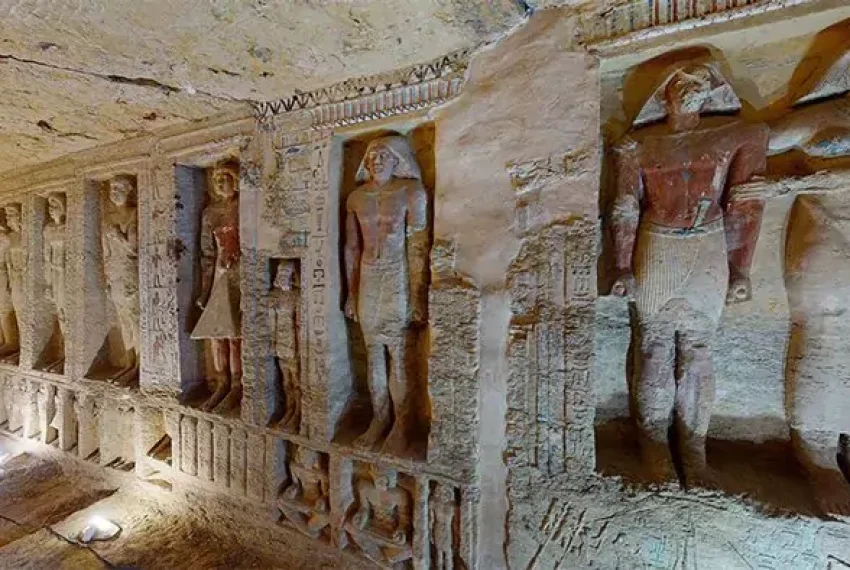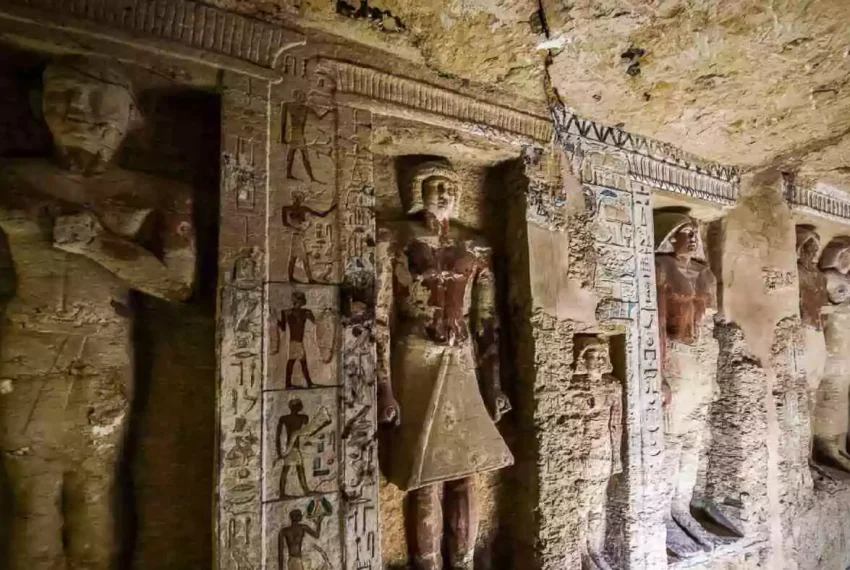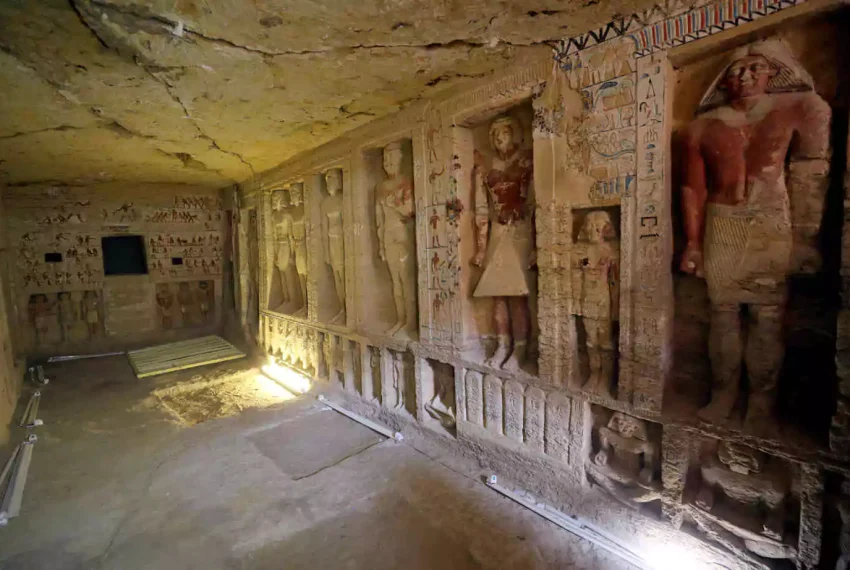The antiquated burial chambers of Egypt are something other than entombment places. They are time cases, safeguarding the day to day routines and convictions of individuals who experienced millennia prior. The Wahtye Tomb is one such time case, offering a brief look into the existence of a significant authority during the rule of Pharaoh Neferirkare Kakai. In this blog, we will investigate the set of experiences, importance, and disclosures of the Wahtye Tomb.

The Wahtye Tomb is situated in the Saqqara necropolis, close to the Pyramid of Djoser. It was found in 2018 by a group of Egyptian archeologists drove by Dr. Mostafa Waziri, the Secretary-General of the Incomparable Committee of Artifacts. The burial place traces all the way back to the Old Realm time frame, around 2400 BCE, and has a place with a high-positioning authority named Wahtye.
Wahtye filled in as a cleric and an illustrious examiner during the rule of Pharaoh Neferirkare Kakai. His burial place is one of the biggest and most elaborate burial chambers of the period, showing his riches and status. The burial place was improved with bright wall paintings and engravings that give significant data about the life and convictions of the old Egyptians.

The Wahtye Tomb is critical because of multiple factors. To begin with, it reveals insight into the job and obligations of high-positioning authorities during the Old Realm time frame. Wahtye’s titles and positions uncover that he was a confided in counselor to the pharaoh and assumed a significant part in the organization of the realm.
Second, the Tomb’s enhancement and engravings give important bits of knowledge into old Egyptian convictions and practices. The wall paintings portray scenes from day to day existence, including hunting, fishing, and cultivating. They likewise highlight strict themes, like the gauging of the heart service and the excursion of the sun god Ra through the hidden world.

The revelation of the Wahtye Tomb has previously yielded a few significant disclosures. The burial place contained an assortment of in excess of 50 wooden sculptures of everyone, as well as 24 specialties with sculptures of Wahtye himself. The sculptures are unpredictably cut and painted, giving a brief look into the workmanship and craftsmanship of the period.
The Tomb likewise contained an enormous assortment of ceramics, including containers and bowls that might have held food and drink contributions for the departed. Likewise, the burial place contained a limestone stone casket that was as yet fixed, showing that it had not been upset since it was first fixed quite a long time back.
The Wahtye Tomb is a striking disclosure that offers an abundance of data about the life and convictions of the old Egyptians. From its brilliant paintings and multifaceted sculptures to its assortment of ceramics and fixed stone coffin, the burial chamber is a period case that has been ready to be opened for millennia. As archeologists proceed to explore and concentrate on the Wahtye Tomb, we can hope to learn much more about individuals and culture of antiquated Egypt. In the event that you are keen on investigating old Egyptian burial places and history, consider visiting Egypt and booking a visit with On Trip Egypt, a main visit organization that has practical experience in Egyptology visits.